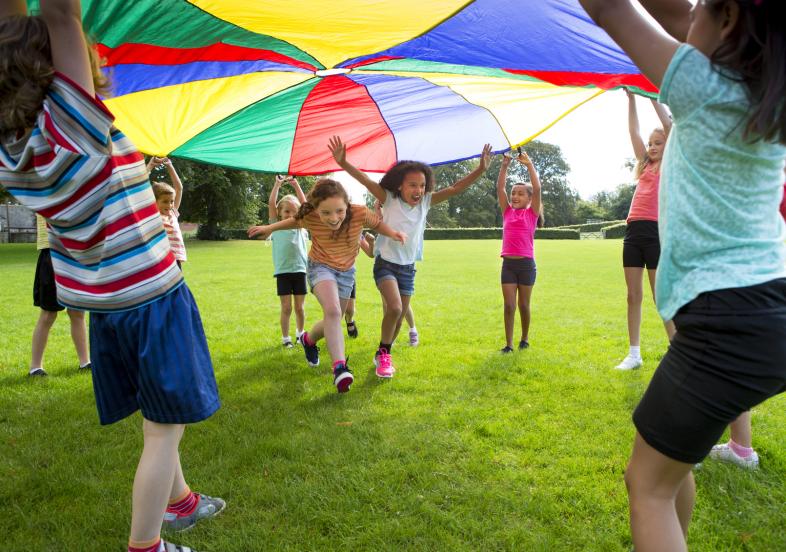Children now spend less time than ever before playing outdoors, which results in less time being exposed to enough nature and sunlight. A study completed by the Centre for Ocular Research and Education at the University of Waterloo looked at children from grade 1-12 and the prevalence of myopia (nearsightedness). The prevalence of myopia increased from 6% at ages 6-8 to 28.9% at ages 11-13 [1].
What is to blame for the current "epidemic" of myopia affecting children in Canada?
At the root of this problem are screens such as tablets and cell phones that play a role in the deterioration of children's eye health.
A recent study looked at the time children spent in outdoor activities in relation to myopia prevention and control [2]. This study revealed that an increase in time spent outdoors was found to have a protective effect for the onset of myopia (helps to prevent myopia in children) but does not slow down the progression of myopia (children who may already have myopia).
The study showed that an increase in around 76 minutes per day is needed to obtain a 50% reduction in myopia in children [3].
If possible, children should have very limited exposure to electronic screens. All activities that involve prolonged near concentration, especially if they are preformed frequently, can be a risk factor for myopia progression. So when a child participates in these activities keep them at a reasonable distance (i.e. not too close), which is less problematic for their eyes.
The important thing is to balance the type of activities, between reading, using tablets and cellphones, and those taking place outside that do not involve near vision. Participating in activities like walking, hiking, cycling, swimming, snow-shoeing, skiing, all outdoor activities are good to preserve the eye health of children year-round.
Don’t forget that it is recommended children wear sunglasses, even toddlers, while outdoors, to protect their eyes from ultraviolet rays. The benefits of outdoor light are preserved even with sunglasses. For more information on sun protection for the children’s eyes click here.
Optometrists recommend the following tips to counter the negative effects of using screens on children’s eye health:
- Encourage children to play outside as often as possible.
- Have children’s eye examined by an optometrist by the age of 6-9 months, 2-5 years and annually 6-19 years.
- Zero exposure to screens for children 0-2 years.
- Limit the use of screens to 1 hour per day until the age of 9 years.
- Breaks no later than after 60 minutes of use (after 30 minutes is encouraged)
References
[1] Yang, M., Luensmann, D., Fonn, D., Woods, J., Jones, D., Gordon, K., & Jones, L. (2018). Myopia prevalence in Canadian school children: a pilot study. Eye, 1.
[2] Xiong, S., Sankaridurg, P., Naduvilath, T., Zang, J., Zou, H., Zhu, J., ... & Xu, X. (2017). Time spent in outdoor activities in relation to myopia prevention and control: a meta?analysis and systematic review. Acta ophthalmologica.
[3] Xiong, S., Sankaridurg, P., Naduvilath, T., Zang, J., Zou, H., Zhu, J., ... & Xu, X. (2017). Time spent in outdoor activities in relation to myopia prevention and control: a meta?analysis and systematic review. Acta ophthalmologica.


Leave a Comment